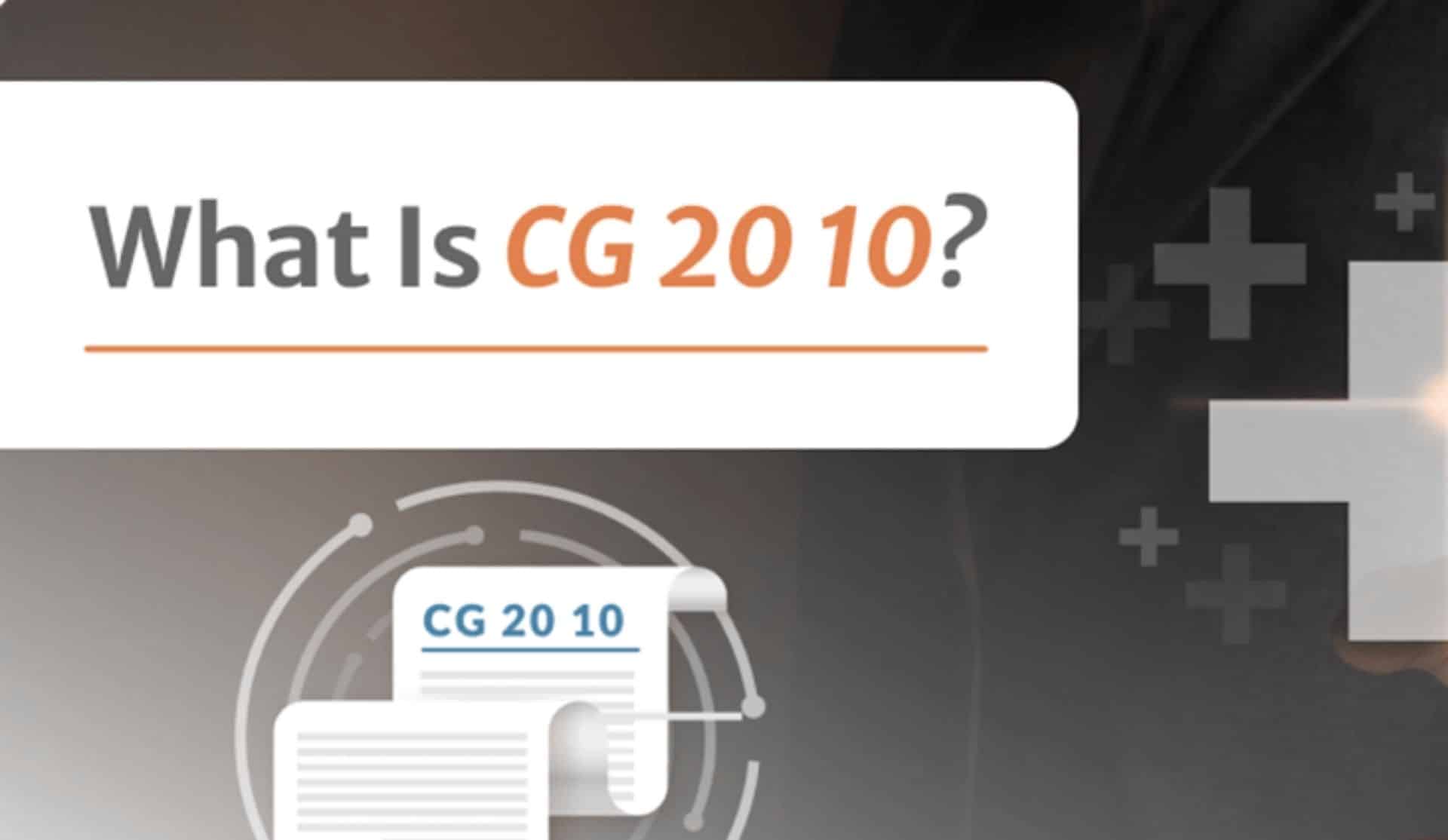As mortgage rates have fallen, the chance for homebuyers to purchase a home has increased. Additionally, as housing construction increases, builders are confident with more housing stock to satisfy market demand. Thus, people are coming closer to their homeownership dreams. Lower Rate Affecting House Buying Demand Lower interest rates are expected to boost home buying. This should lead to more competition in the housing market, driving up prices for homes and building materials. As existing home prices rise, more people may look to build new homes instead. Builders could see increased demand for their services thanks to more affordable financing. But this trend could also affect the supply and cost of new construction, as the demand for builders and new homes goes up. Interest Rates and Their Impact on Construction Projects Reduction In the Borrowing Cost A mere 0.5% reduction in interest rates can rattle the borrowing costs for construction companies, lowering expenses on new builds by a massive amount. This frees money, allowing developers to sign off on projects that might have been dropped or delayed because of budget constraints. The Demand for Housing Increased When rates drop, mortgage rates usually do as well. That has the effect of raising the demand for housing, which has builders racing to fill it. Lower rates also motivate companies to construct new locations or expand, as it is less expensive to borrow money. This can open lots of new commercial projects, therefore generating jobs and observing the economy bloom. As interest rates decrease, it becomes easier for potential homebuyers to receive financing for a property, which leads to higher demand for housing. That increases construction, particularly among first-time buyers, who are generally the ones most affected by the pain of rising rates. Residential Construction and Commercial Construction When the interest rates go down, both residential construction and commercial real estate stay on an upward path. Businesses are more likely to either invest in new facilities or expand existing ones creating a boom in commercial construction. That, in turn, spurs job creation and economic growth. New Life to Infrastructure Projects Lower interest rates can breathe new life into public infrastructure projects, beyond just residential and commercial construction. Governments commonly fund infrastructure via bonds, which are sensitive to rate fluctuations. When rates drop, it becomes more affordable for local municipalities to borrow for vital projects like roads, bridges, and public transit. These long-term infrastructure investments often deliver significant benefits to the local economy and quality of life. Incentives for New Homes and Renovations Dropping interest rates gives homeowners more incentive to build new homes or tackle renovations. With lower borrowing costs, financing home upgrades becomes more attractive, spurring a rise in remodeling projects. This increased demand can then drive growth in the construction industry and related material suppliers. Boost Positive Sentiments Lower interest rates are not a cure-all, but they can make many projects more financially viable and boost positive sentiment in the market. It often takes time for a drop in the federal funds rate to result in lower construction loan rates, but the improved market sentiment may spur investment sooner.The 0.5% interest rate decrease signals a shift in the economy. This could spur more construction across industries, as builders, developers, and investors take advantage of favorable borrowing terms. Mortgage Loan and Construction Loan Differences While trends in the housing market can potentially separate existing homes from new construction, building a new home offers challenges of its own for buyers. When purchasing new homes, a construction loan is commonly used. This is a short-term loan, typically between six months and a year. It breaks the home building into phases, with loans for each phase. When the house is completed, all payments convert to one standard mortgage, which the buyer pays monthly. Construction-to-permanent loans let buyers pay closing costs just once, while construction-only loans provide the total amount for a building before a project begins. With construction debt, the monthly payment becomes the mortgage, which banks treat as a second loan, and buyers incur closing costs twice. Construction loan interest rates are generally higher than mortgage rates, so buyers have a harder time getting construction loans. Without a guarantee, banks are willing to take more risks on these loans. Many banks require a 20% down payment on new builds, which can be difficult for many buyers to afford.Anyone thinking about building a new home should ask Reinbrecht Homes about the construction loan that, here, is easier and cheaper to get than in a lot of other places. Mortgage Payment Buying a House The interest rate for a home loan significantly affects your monthly mortgage payment. Even slight variations in the rate could have a big impact on how much you pay each month. Higher rates mean more expensive payments, so buyers will probably consider smaller or less costly homes. Lower rates allow you to focus more money on the actual loan, so you can afford a larger home or one in a better area. Interest Rate Changes Impact Home Prices Home prices are very sensitive to interest rates. And with low rates, most people want to buy new houses, which pushes up prices, especially the new construction. Demand decreases when rates are high, and price appreciation slows or even dips. To get buyers to bite, builders must adjust with incentives or raise their prices. In new construction markets, this is very important. Choices For Mortgage When Buying a New House When purchasing a new home, you have two choices a fixed-rate mortgage or an adjustable-rate mortgage (ARM). With fixed-rate mortgages, you lock your interest rate for the full term of the loan, so your monthly payments remain constant. That’s nice when rates are low because you get to keep that rate. ARMs offer an initial rate that is lower than average, but rates can adjust over time, which could make your payments increase if rates rise. The right choice will depend on your financial situation, your plans for the future, and your tolerance
What is A CG 20 10 Additional Insured?
In simple terms, a CG 20 10 is a proof of insurance document, where it names the customer as an additional insured on commercial general liability (CGL) policies. Clients often expect this form to provide them defense in lawsuits related to the work. Prime contractors often require this form for their own CGL policy reasons. Understanding Commercial General Liability (CGL) Policy Commercial General Liability (CGL) policies are typically audited at the end of the policy term. Contractors are required to submit evidence of insurance for any paid subcontractors during the audit where evidence is provided using the ACORD Form, indicating the subcontractor as an additional insured. However, failure to provide this proof results in the subcontractor being classified as uninsured. Using subcontractors can lead to greater CGL insurance costs, and for that reason companies should obtain certificates of insurance from subcontractors. It’s important to have the business listed as an additional insured on these certificates, and obtaining certificates before embarking on any work to avoid complications is crucial. Moreover, locating subcontractors for insurance forms later can be difficult and failing to get the required certificates may result in surprise insurance premiums. The Significance of Obtaining a CG 20 10 Additional Insured Form from Contractors for Property Managers, Building Owners, and Co-ops Liability Claims Protection The CG 20 10 form of additional insured offers extra liability coverage. It is intended for property managers, building owners, and co-ops. This form’s request adds these stakeholders as additional insured on the contractor’s policy and the coverage applies for liability claims arising from the contractor’s work.This type of coverage offers financial protection to property managers, building owners, and co-ops. It shifts the cost of claims’ financing to the contractor’s insurance. Obligations Regarding Contracts Building contracts often require the contractor to provide additional insured coverage. Property owners, building owners, and cooperatives are common stakeholders in these contracts.The CG 20 10 form for additional insured is typically required to confirm compliance. This type is used to verify that the contractor has added the named parties to their insurance cover and it ensures that contractors perform their contractual work. Moreover, the form improves compliance enforcement and provides reassurance to all parties involved. Continuity Of Coverage Regarding continuity of coverage, the CG 20 10 form provides an additional insured which is crucial to the property manager, building owners, and co-ops. It offers continuous help during and after the project, and along with that, it also includes these stakeholders as additional insured, sheltering them from liability claims. Subsequently, coverage extends to claims for completed operations and this form offers lasting security and protection for all parties involved. Risk Protects In case of risk mitigation, requesting the CG 20 10 additional insured form is beneficial to property managers, building owners, and co-ops as it allows them to be listed as additional insured on the contractor’s insurance policy. This change in liability risk protects their assets by minimizing the risk of financial loss and lessening the risk of lawsuits and claims. It’s a proactive measure to provide proper insurance coverage and everyone concerned has greater security in case of unforeseen accidents. The Most Frequently Used Additional Insured Endorsement For Contractors Is The CG 20 10 CG 20 10 provides coverage as an additional insured for liability caused by continuous operations. However, the current operations do not include finished operations. The present CG 20 10 form does not have completed operations coverage for extra insured parties and the CG 20 37 endorsement is needed to feature completed operations coverage. Sample Ongoing Operations Occurrence To understand Sample Ongoing Operations Occurrence, a simple example can be used. For instance, if a property owner hires a contractor to build a brick wall and the contractor negligently drops the bricks on cars, causing them to be damaged. And for that reason, the car owners are suing the property owner for damages. However, if the property owner is included as an additional insured on the contractor’s CGL policy (CG 20 10 11 85), they will be covered. The CG 20 10 11 85 policy covers liability for the contractor’s continuous operations. If the property owner is made an additional insured under CG 20 10 subsequent to 1985, he is also covered for continuous operations, and in that case the coverage includes both continuous and completed operations of the contractor. Sample Completed Operations Occurrence Subsequently, if a wall collapses two months after being finished by a contractor, damaging parked vehicles. And as a consequence to that, the car owners are suing the property owner for the damage.If the owner of the property is an additional insured under CG 20 10 11 85, they are insured for completed operations. Additional Insured Endorsement CG 20 37: Completed Operations The CG 20 10 endorsement did not include completed operations coverage after 1985. The ISO created CG 20 37 to fill this void by providing coverage for additional insureds for completed operations alone.Moreover, the CG 20 37 does not encompass continuous operations. If a contractor makes a property owner an additional insured under CG 20 37, only completed operations, and not continuing operations, are covered. In that case, CG 20 37 is unnecessary when a company can obtain CG 20 10 11 85 since it includes both continuing and completed operations. Blanket Additional Insured Endorsement What is the Blanket Additional Insured endorsement? In general terms, the Blanket Additional Insured Endorsement is referred to as an automatic additional insured endorsement. They add individuals or entities automatically as additional insureds, and basically, they do this for the individuals for whom the named insured is conducting operations. It also covers those with whom the named insured has a written contract to add as additional insureds. A major benefit is that insurance agencies can produce these endorsements without an insurance carrier’s authorization, which allows for faster processing of blanket endorsements. A negative aspect is the need for a written agreement to create the additional insured status. How are Blanket Additional Insured Endorsements Used? The Blanket Additional







